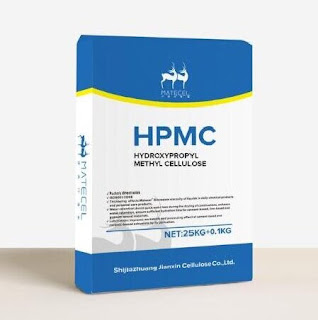How Often Should Pressure Relief Valves Be Replaced?
Your pressure relief valves are the most important pieces of safety equipment in your facility or along your pipeline system. There’s no margin for error. Your PRVs need to work — every time. So how do you know when you can get by with a repair, or when it’s time to replace them?
The single best way to extend the life of your valves is through preventative maintenance. In general, we recommend the following schedule:
Testing every 12 months
Repair every three to five years
In many cases, regular valve testing and repair isn’t optional. It’s mandatory. But how do you know if it’s time for a replacement? Here are three times you need to think about repairing or replacing your pressure relief valves.
1. After discharge
Pressure relief valves are designed to open to relieve pressure in your system and then close again. In a clean environment, they may be able to open and close multiple times with no problems. But, in some cases, when a valve opens, debris can get into the valve seat, which can prevent the valve from returning to its original closed position.
Following discharge, check your valve for leakage. If the leakage exceeds the original settings, it’s time for a repair.
2. According to local jurisdictional requirements
In some locations and industries, regulations govern how long valves are allowed to be in operation before they need to be repaired or replaced. For example, your state inspector may require that your valves be completely disassembled, inspected, repaired, and tested every five years. In extreme cases, such as if a valve is frozen, the local jurisdiction will mandate replacement.
For smaller valves and applications, you can test your valve by lifting the test lever. Note, though, that you shouldn’t do this too often, only about once a year. ASME UG136A Section 3 requires valves have at a minimum of 75% operating pressure versus the set pressure of the valve for hand lifting to be performed.
For larger valves and applications, you can send them to us for testing or we can visit your facility and test them online through our Electronic Valve Testing (EVT) services.
3. Depending on their service and application
The service and application a valve is used for affects its longevity. A valve used for clean service, such as steam, can last a long time — easily 20 years if it isn’t operated too close to the set point and gets the right preventative maintenance program. On the other hand, a valve that used for acid service, operated too close to the set point, or exposed to dirt or debris in the system will need to be replaced more often — such as every 10 years.
Is it more cost-effective to repair or replace?
Our technicians are factory-trained to repair and recertify valves back to their OEM specifications. But is that the best course of action? Or should you just replace them?
In general, we recommend repairing your valves when possible to get the most out of your investment. However, sometimes, replacement is simply more cost-effective than repair.
For smaller, inexpensive valves, such as Kunkle Valves < 2”, replacement usually costs less than preventative maintenance and repair.
For larger, more expensive valves, we recommend replacing the valve if the cost to repair exceeds 60% of the cost to replace.
In either case, it will certainly cost less to replace the valve than to pay for any damage you might incur from keeping it in service past its prime!
In general, it’s difficult to impossible to say exactly how long your pressure relief valves will last. It depends on several factors, including the service, the system, and how the valves are operated. The best way to both keep your valves operating correctly and identify when they need to be replaced is to put them on a regular preventative maintenance program, ideally supported by a valve management software like ValvKeep.
Dongguan Suncenter Fluid Pressure Technology Co., Ltd is the member company of Suncenter Group,which is a world-leading manufacturer of fluid pressure control and testing equipment, dedicated to provide more efficient and safer fluid pressure control device to worldwide clients. Our main products including gas boosters, hydraulic pressure pumps, gas compressors, gas filling machines,air/valve test bench, pulse test bench, valve test bench, hydraulic tube expanders etc., which are widely used in: Gas industry, Firefighting, Aerospace, Petrochemical, Pressure testing field, Scientific research centers and other industries.


评论
发表评论